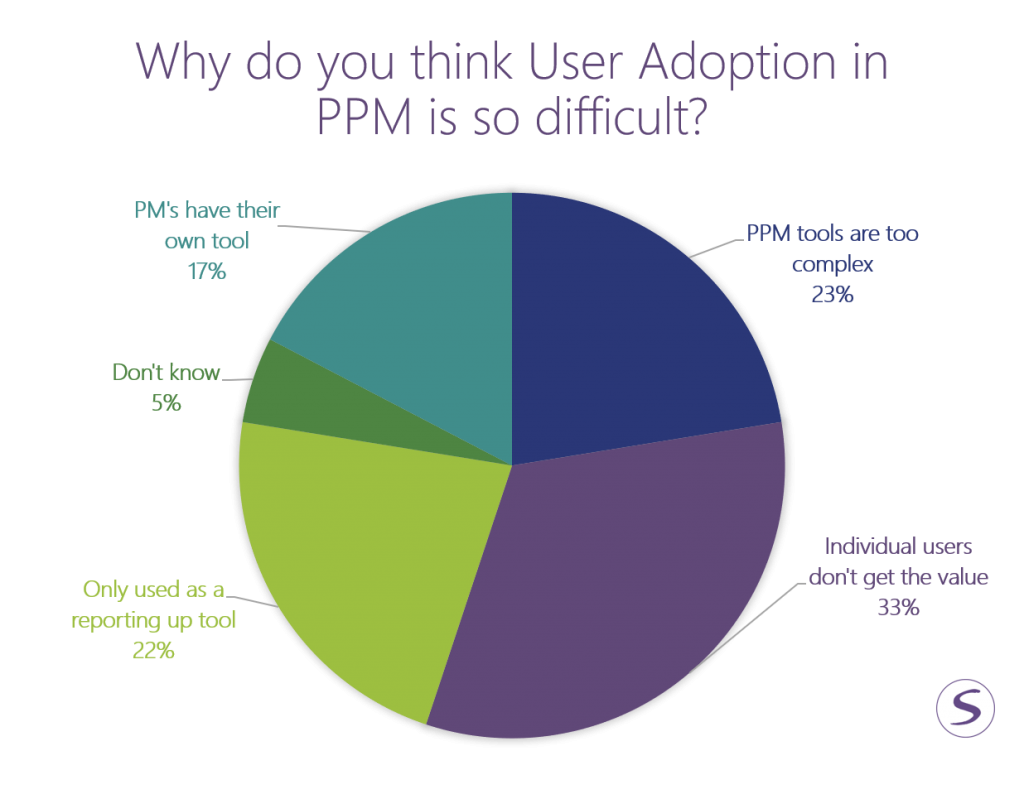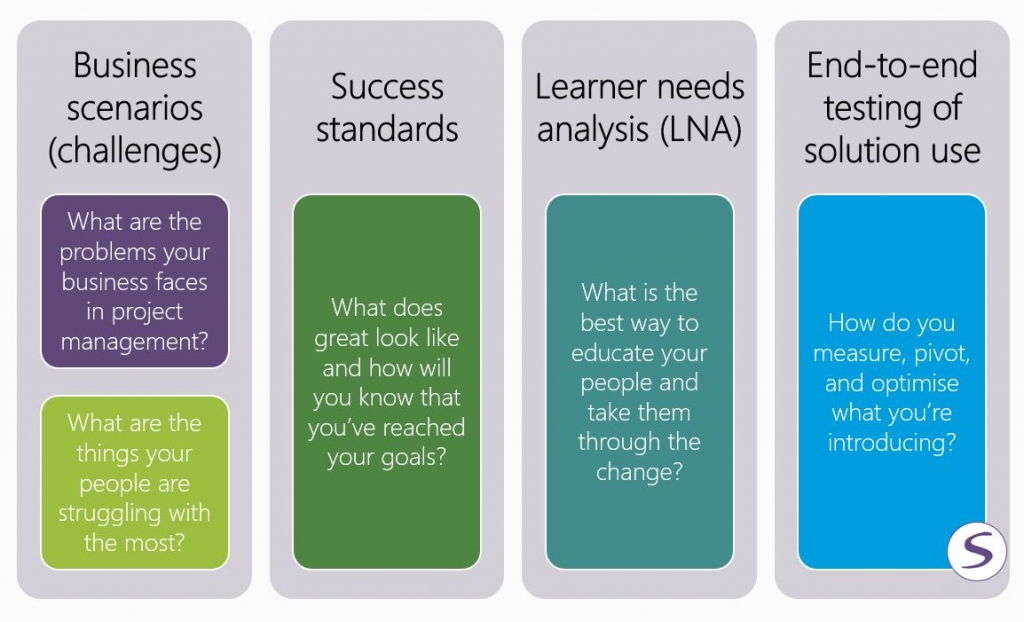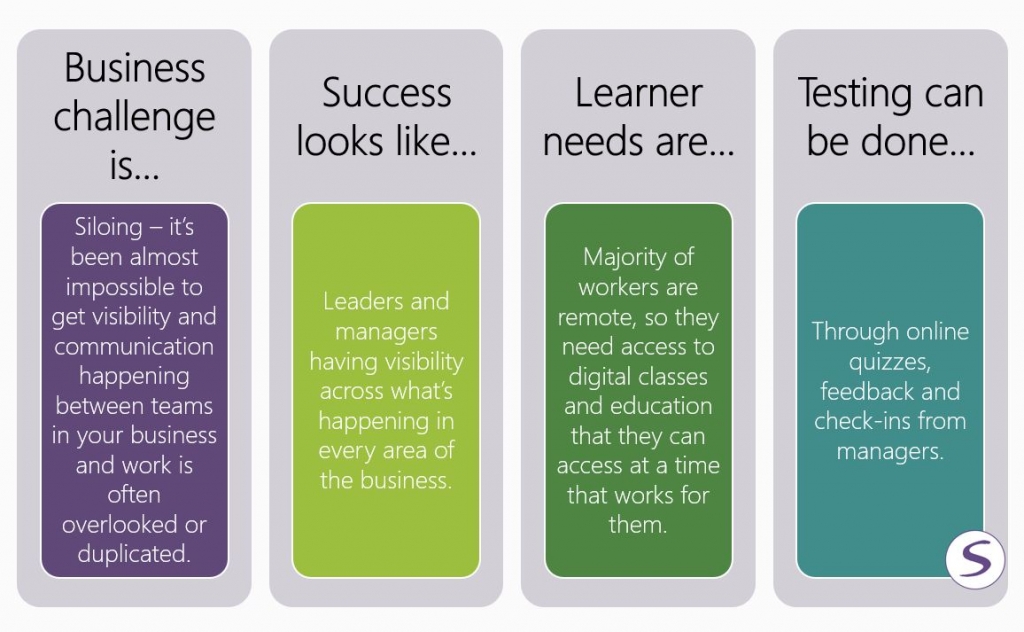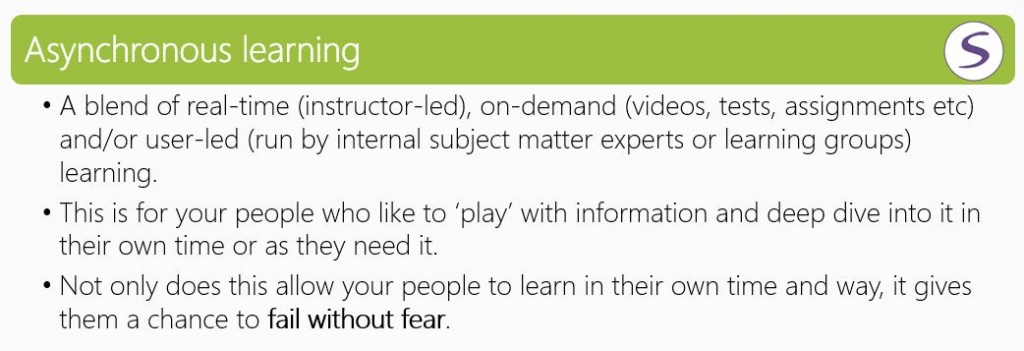Project management is an ongoing challenge, yet the size of the project management industry is set to explode from now till 2027. So while we can see that project management is critical to success and is valued by companies all over the world… why are failure rates so high?
Related:
- VIEW RECORDING: 100% User Adoption when introducing your Project Management Solution
- DOWNLOAD: 100% User Adoption Checklist
There is only one true indicator of success for project management
You can have the latest, easiest, simplest, most helpful project management software or processes that exist. They might perfectly suit your needs, align with your company’s goals, and fit neatly inside your budget – but none of this will matter if your project management software doesn’t get used by your people.
84% of digital transformation projects fail due to user adoption.
But this begs the question – why don’t users adopt?
The big reasons your people fail to adopt
In a recent webinar on project management software adoption, see recording here, we asked attendees a simple question, and here’s how they answered:

But these aren’t the only reasons people fail to adopt new processes or technologies.
You also have to consider:
Priority – adopting new tech or processes isn’t their first, second, or even third concern
Inertia – there’s nothing driving them to change
Social risk – they don’t want to put their neck out for or against change
Culture misfit – it doesn’t feel like it’ll work for the company
Trust – they don’t believe that the tech or process will deliver on its promises
Compatibility issues – they either face or fear facing their current work not playing nice with the new tech or processes
Motivation – they’re not engaged with their job or the company anymore, let alone trying to adopt a new system
Lack of interest – it’s not something they enjoy, take pride in, or take any positive feelings from
Exposure – some employees don’t want their true workload to be seen
Fear of failure – they don’t want to be blamed or deal with the fallout if something goes wrong
Scepticism – if they tried to do something similar that didn’t work or their ideas were shot down previously
For every good reason you can think of to implement, update or change your project management software… any individual can have one or several reasons to baulk at it.
But after 12 years in implementing project management software, we’ve learned what it takes to ensure employees adopt solutions every single time.
It’s not a ground-breaking philosophy. It’s not a secret. It’s a change of mindset:
You need to put people before process
Traditionally, companies have tried it the other way around.
They saw a problem with the process.
They thought, ‘we’ll fix the process and get people to follow it’.
It sounds logical, but it’s like forcing a square peg into a round hole. You might get it through eventually, but you’re going to damage something in the process.
When you flip this mentality to put people before process, you get unbelievable results.
Here’s a few examples we’ve played a role in:
Australia Post – read the case study
BAI Communications – read the case study
Hydro Tasmania – read the case study
And here’s the good news: anyone and any business can do it.
We call our process the 100% User Adoption Journey. Here’s how it works:
1. Form a shared commitment
Any commitment is a powerful thing. So that’s where you start.
To form a shared commitment, you have to identify and define four key areas:

This will give you a strong direction for deciding what solution to implement and a solid idea of how to implement it.
Here’s a sample scenario:

Basic, right?
But this simple information is enough to start saving you from the millions cost by project inefficiency.
Next, you can work on giving your people confidence and input through education.
2. Blended learning experience
If you have kids or have spent a little time in schools, you might have heard this term before.
In a nutshell, it means ‘delivering learning in a variety of ways’.
And it’s not because of learning styles…
While it was believed that there were four ‘styles of learning’ (kinesthetic/touch-based, aural/listening-based, visual/watching-based, lingusitic/verbal-based), learning styles have been roundly disproven.
Instead, we deliver blended learning for engagement.
Some of your employees will engage when left on their own to discover, some will want a tutor or mentor to engage with and some will want to engage with their co-workers.
What’s important is that they engage. Learning the new system and feeling like they’re part of the process encourages adoption.
Using the findings from the Learning Needs Analysis completed earlier, here’s how we make sure you’re delivering at every level of engagement:

So when you’re choosing your instructor, it’s good to make sure they’re:
- Knowledgeable in the subject area
- Generous with their time and expertise
- Lead lessons in a way that everyone can follow
If you can’t find that person in-house, you can always look for an external provider.

Here we offer (and you can too):
- Video training
- Scenarios
- Tests
- Evaluations
- Guides
- Work group plans
This type of learning has the added benefit of dramatically increasing your internal expertise and ways of knowledge sharing, as well as creating a ready library of reference material.
Importantly, the learning process you develop should complement or enhance the techniques and systems already in place for learning in your organisation.
However, learning means nothing without application.
So your next step in the process is to…
3. Provide ongoing adoption support
You don’t want to push your employees out of the nest without a safety net as it can leave them feeling unprepared, frustrated, and confused about what’s going on.
Ongoing adoption support is how you can both reinforce practices and make your people feel safe trying and applying their new learning.
There are five dependable ways to achieve this:
Knowledge management – making sure all materials, information and learning is readily accessible and up-to-date
Go-live readiness – use the results of your end-to-end testing to see that everyone is good to go from day 1
On the job (OTJ) reinforcement – practices, procedures and check-ins to help learning find application once the system is live
Dedicated care – or the human touch; making sure people feel like there is a proper human person, expert in the system, they can rely on for support which visibly puts people before process
Recognise and reward – by monitoring and rewarding desirable behaviours you send a positive message to your new user groups – first that you are paying attention and care about making the new system a success, and second, that you appreciate their efforts in engaging with it and encourage others to do the same.
And to see if everything has paid off, you’re going to assess your…
4. Business value realisation
This is your evaluation process, where you can find what’s working, see what’s not, and work to improve it.
There are three key ways to find these value realisations:
Perform a post-implementation review – surveys, 1-on-1 chats, and group interviews can give you an idea of how your people are feeling, coping, adjusting, and whether they think they’ve been successful or still need more support.
It provides a unique opportunity to show your employees you listen and they’ve been heard – it can be as simple as acting quickly on their most common concerns.
Review Success Metrics – you should set up a ‘Scorecard’ to see if you’re hitting your goals.
These can be divided in any number of ways:
- Number of employees that feel confident
- Number of employees using the system or software
- How long it takes to learn a new system
- Time saved overall
- Complaints below a specific threshold
- Productivity increase
- Visibility of work
What’s important is that this scorecard reflects the goals you’ve defined in your first step.
Quarterly checkpoints – any new system or software takes time to sink in, so you should be looking at a year minimum when it comes to adoption rates.
Every quarter, you can re-run your interviews, check your new scorecard over the previous one, and pivot or optimise accordingly.
User Adoption Checklist
Fill out your details below to access our User Adoption Checklist.
By Marc Soester
Marc Soester is an Executive Director at Sensei and has over 18 + Years experience in being a PPM and Work Management Subject Matter Expert, he has been part of over 250 PPM implementations and is an Industry Standard Expert on PMI, P3O, Scaled Agile. Marc was also the first Microsoft Project MVP and is an active member of the Microsoft Product Advisory Council.




